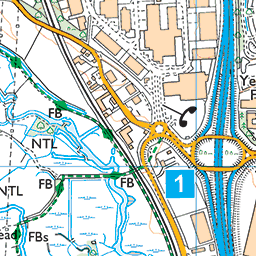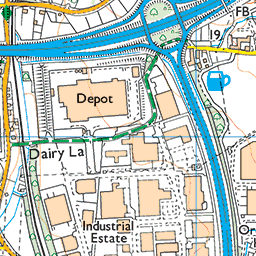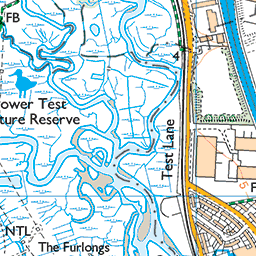Added to your Itinerary Planner below
Distance calculator
Map Filters
Customise your trip with our filters.
Map Filters

Toggle between the options below to show available markers.
General info Equestrian Info Cycling InfoAccommodation
Points of interest
Services
Routes
Accommodation
Points of interest
Transport
Accommodation
Points of interest
Transport


















The custom route elevation is created when you use the distance calculator (above) to draw a line.
The custom route elevation is created when you use the distance calculator to draw a line.

The Maison Dieu or Domus Dei was founded in 1203 by Hubert de Burgh, Constable of Dover Castle and Earl of Kent. Its name translates as House of God, in both its Norman French and Latin forms.
The Maison Dieu and its large grounds were built as a hospice, run by monks, to provide temporary lodgings for travelling pilgrims and for the care of wounded and destitute soldiers and old people.
In 1834, Dover Corporation purchased the Maison Dieu for use as a Town Hall and began converting it to Mayoral offices, Council Chambers and Magistrates' Courts. A new Gaol was built adjacent to it in 1836.
In 1859, the Maison Dieu was restored by the architect Ambrose Poynter and William Burges, the famous designer and architect. In 1877 the Town Gaol was closed and in 1881, the Connaught Hall, designed by William Burges was erected on the same site.
The Maison Dieu is still standing today. It contains a collection of arms, armour and some fine paintings. The Maison Dieu's beautiful painted stained glass windows were designed by E. J. Poynter in 1873 and depict historical events that have taken place in Dover. Poynter later became Sir Edward and was the director of the National Gallery and President of the Royal Academy.
